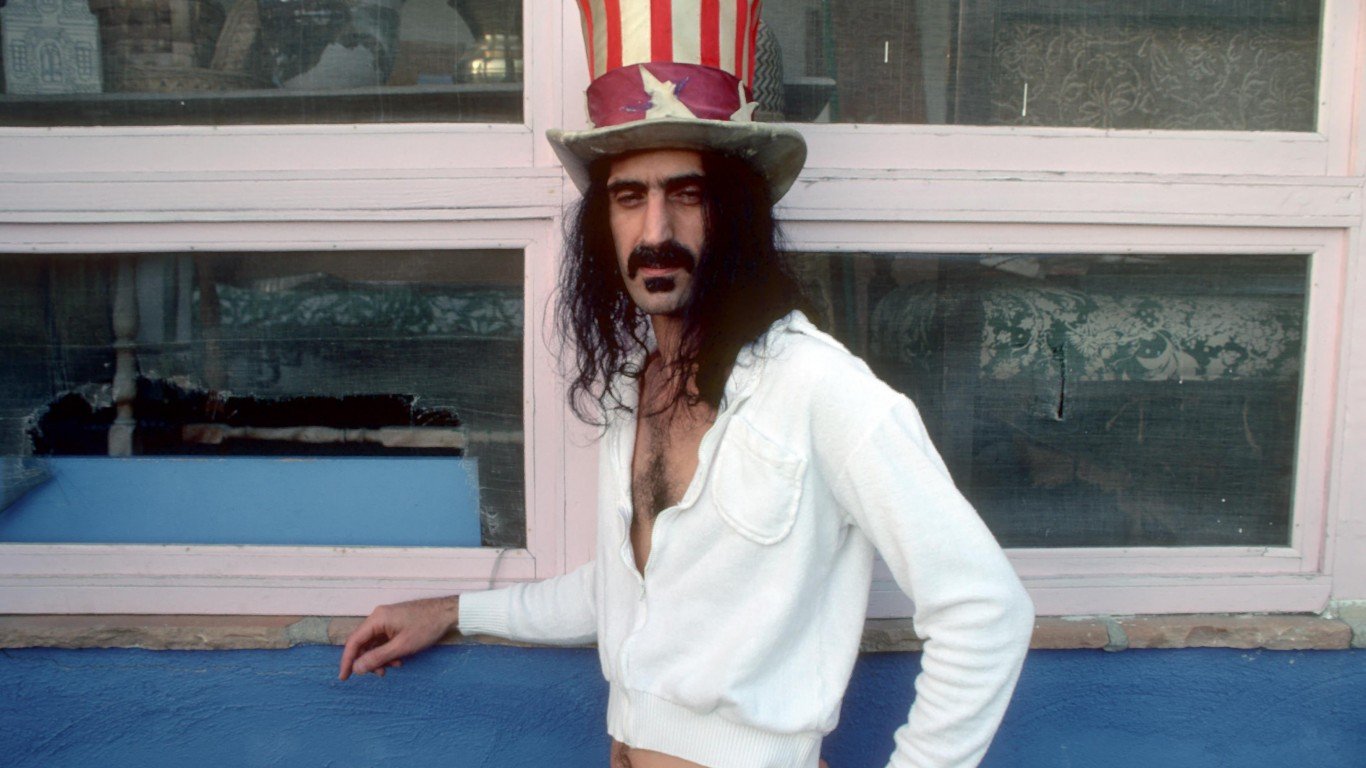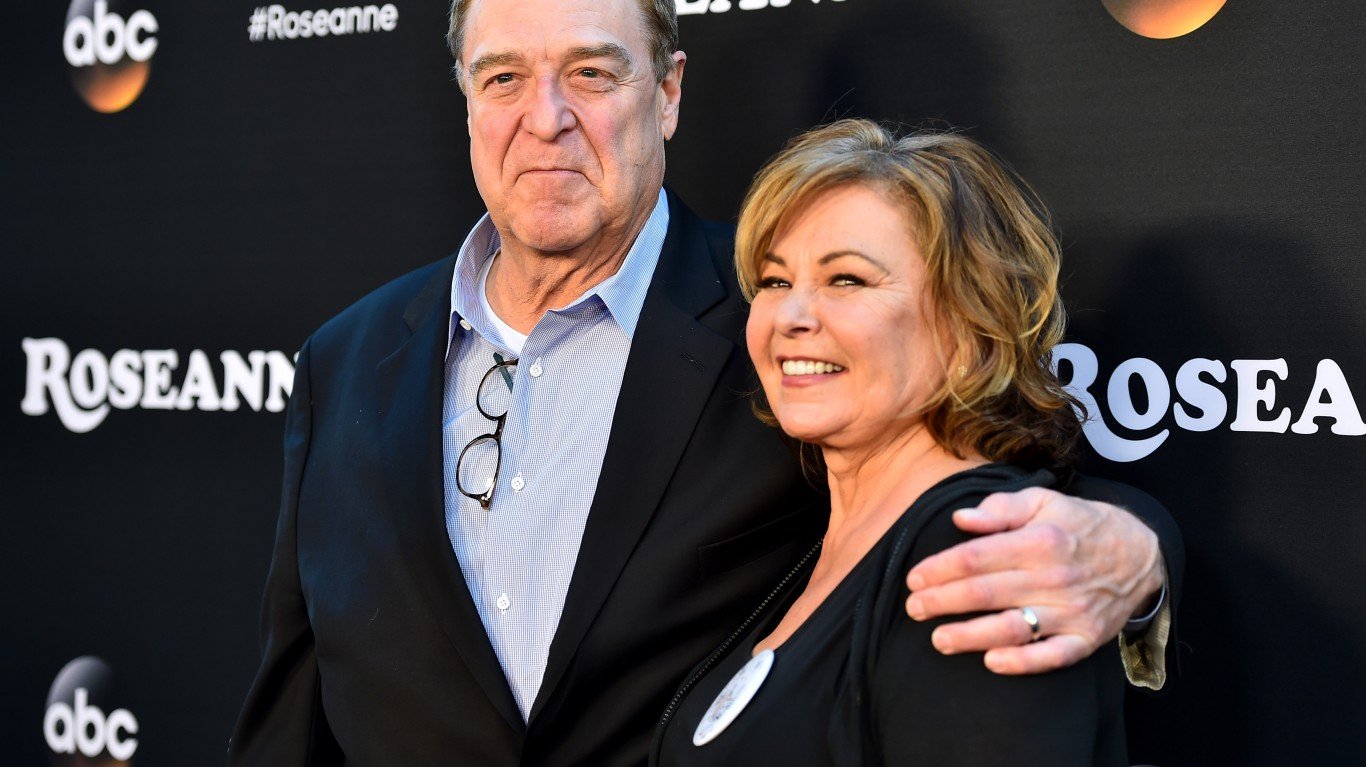

After the attack on two mosques in New Zealand that killed 49 people, officials at YouTube parent Google tried to pull down every copy of a video made by the suspect. The effort faced two complications, one of which drove the potential of vast numbers of people seeing the attack. YouTube is the world’s largest video site, by far. It has about 67% of all monthly video views in the world, based on recent research. The other is that there are hundreds of millions of pieces of video content on YouTube.
Google management said it was using artificial intelligence tools to find copies of the New Zealand attack video. However, when copies of the video were taken down, people who downloaded it put it back up on YouTube again. The Verge reports that the task of deleting all the videos is highly challenging.
YouTube has 22 billion visits a month. Among all visitors, about 1.8 trillion videos are seen. Uploading a video to YouTube is easy for anyone with the most basic knowledge of how to make a video and load it into YouTube’s tools. The YouTube site shows this only takes eight simple steps.
Well behind YouTube, Netflix has 5% of the market. This is followed by Youku, based in China, at less than 1%. Researchers admit that their ability to trace video views on Chinese sites is difficult because of the walls the government has to build around the sites that limit viewing a video on them both inside and outside the country.
YouTube was founded in early 2005. The startup was made possible by the spread of broadband. Prior to that, viewing video over IP was virtually impossible. Google bought YouTube for $1.65 billion in November 2006. By today’s valuation of a startup with YouTube’s size and market share, the price was incredibly low.
Google bought YouTube to add a new line of revenue to its search engine sales. It has never come close to search revenue, but its annual sales are estimated to be above $3 billion. YouTube has added paid channels, which contain advertising, and a video on demand section that competes with Netflix and Amazon Prime.
No matter how large YouTube’s paid channels become, the free part of the website most likely will always be the primary destination for visitors. That means the New Zealand terrorist video, and others that may come after this, will continue to represent a remarkably complex problem.
Sponsored: Find a Qualified Financial Advisor
Finding a qualified financial advisor doesn’t have to be hard. SmartAsset’s free tool matches you with up to 3 fiduciary financial advisors in your area in 5 minutes. Each advisor has been vetted by SmartAsset and is held to a fiduciary standard to act in your best interests. If you’re ready to be matched with local advisors that can help you achieve your financial goals, get started now.
Thank you for reading! Have some feedback for us?
Contact the 24/7 Wall St. editorial team.



